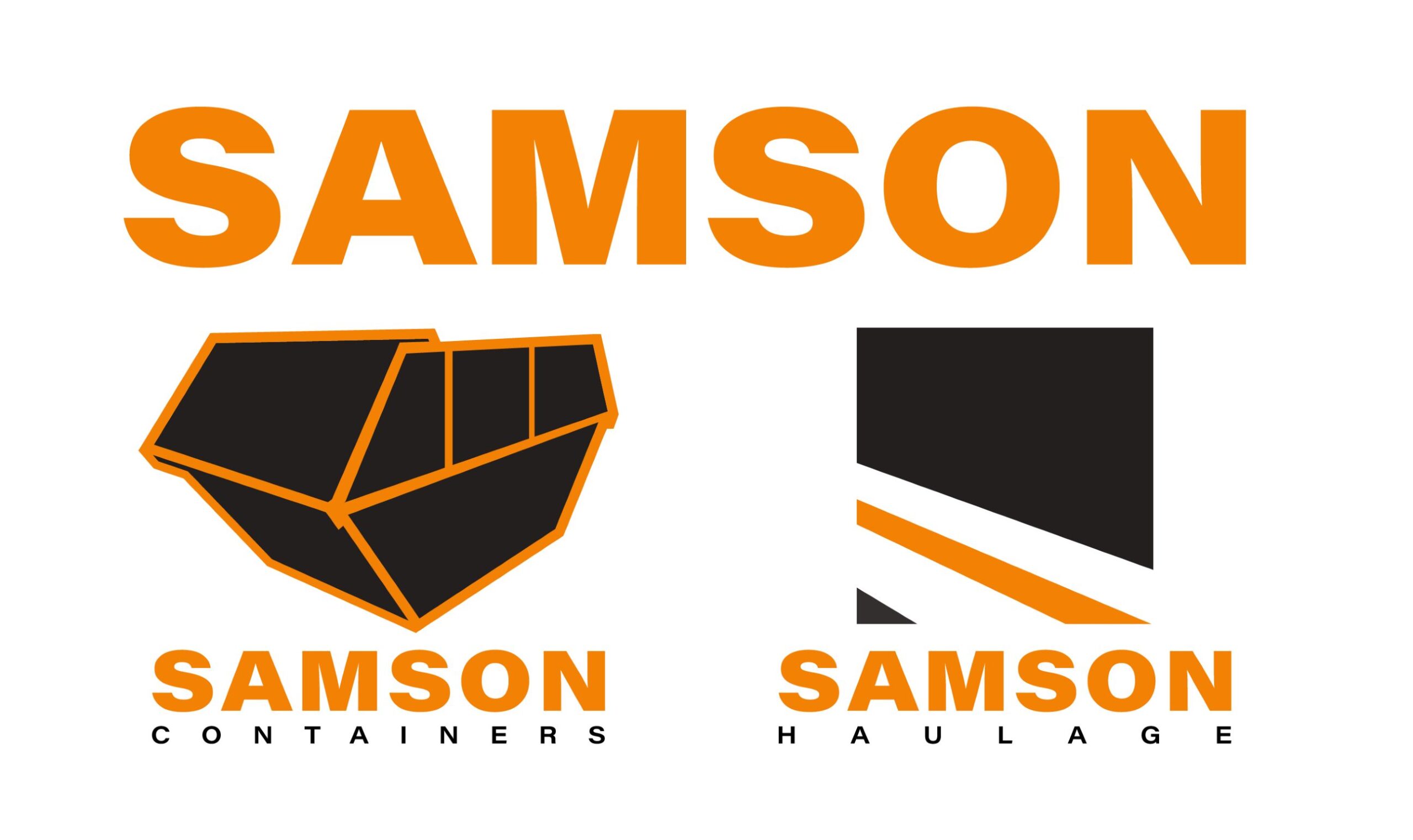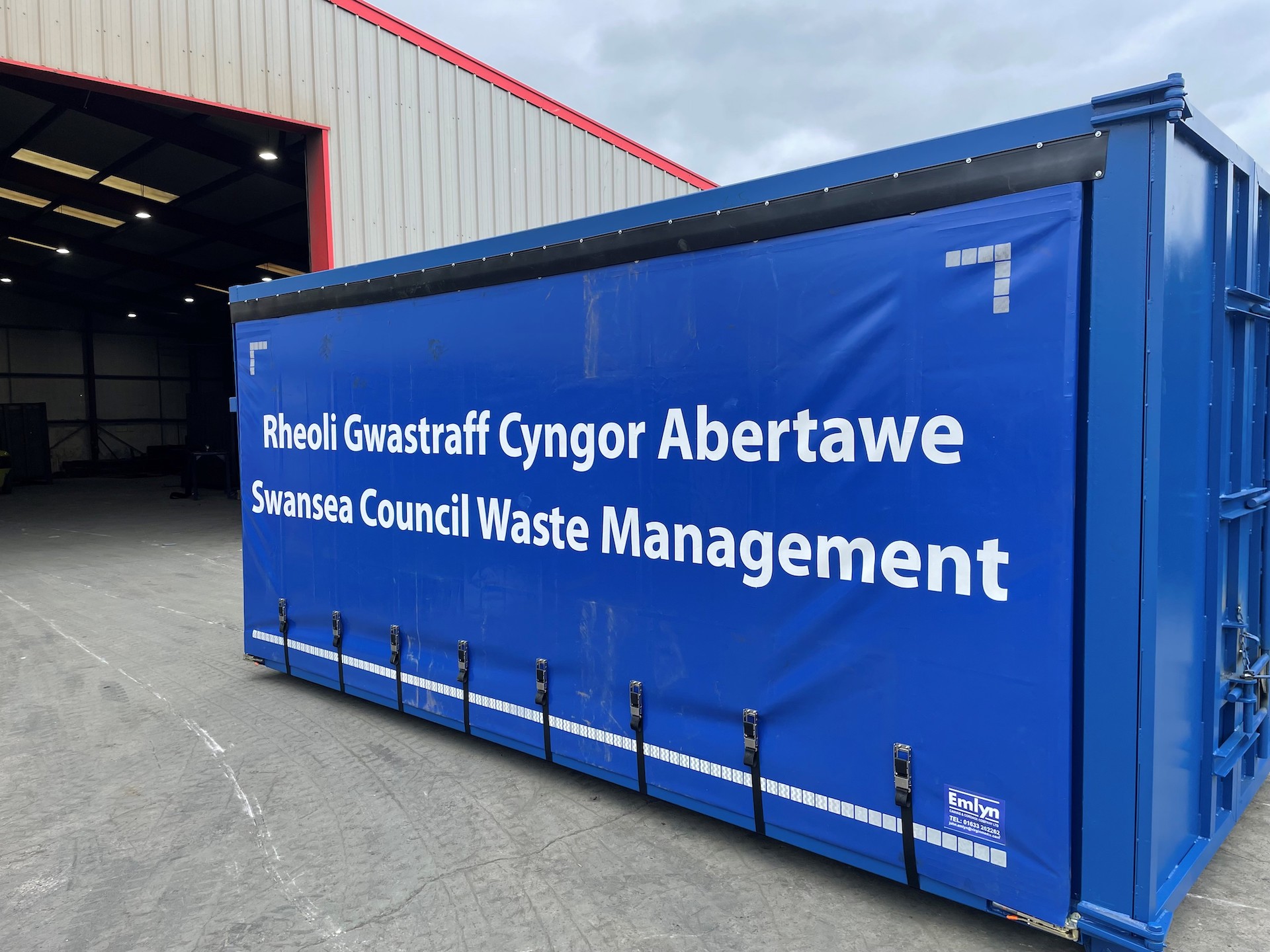John Dugdale | 10.01.24
Inside the Manufacturing Process of Skips: Crafting Efficiency and Durability
Skips, those essential containers for waste disposal, undergo a meticulous manufacturing process before they hit construction sites, commercial spaces, or households. From the versatile Roll-on Roll-off skips to heavy-duty versions and enclosed models, each skip type requires distinct methods to ensure efficiency, durability, and suitability for its intended purpose.
Crafting the Basics: Raw Materials and Framework
1. Design and Planning
The manufacturing journey begins with detailed designs that consider size, dimensions, and the specific purpose of the skip. Engineers plan for structural integrity, ensuring the skip can withstand weight and wear.
2. Material Selection
Steel remains the primary material for skip construction due to its durability and strength. The steel sheets are chosen based on gauge and quality to meet the demands of different skip types.
3. Cutting and Shaping
Steel sheets are cut and shaped according to the skip’s design using heavy machinery like plasma cutters or shears. These pieces form the basic structure of the skip.
Different Skip Types, Different Techniques
Roll-on Roll-off Skips
- Specialised Assembly: These larger skips demand precision in assembly to ensure compatibility with trucks or lorries. The manufacturing process involves fitting them with hook-lift or cable-lift systems for easy transportation.
Enclosed Skips
- Focused Enclosure Construction: Enclosed skips require additional components, including top covers and side enclosures. The manufacturing process integrates these features seamlessly to contain and secure waste during transit.
Heavy-Duty Skips
- Reinforcement and Thicker Gauge: Heavy-duty skips, designed for industrial use, undergo extra reinforcement. Thicker gauge steel is used, and the welding process involves more robust techniques to handle increased weight capacities.
Tipping Skips
- Pivotal Mechanisms: These skips are designed to tip waste efficiently. The manufacturing process includes integrating tipping mechanisms that allow controlled dumping of contents at specific locations.
Uniting Components: Welding and Assembly
1. Welding
Skilled welders meticulously join the cut steel pieces, ensuring structural integrity. High-quality welds prevent leaks and reinforce the skip’s framework.
2. Component Integration
During assembly, additional components like lifting eyes, forklift pockets, and safety features are added based on the skip type and its intended use.
Quality Checks and Finishing Touches
1. Quality Assurance
Rigorous inspections assess weld quality, structural strength, and adherence to design specifications. Quality checks guarantee skips meet safety standards and durability requirements.
2. Surface Treatment
The skips undergo surface treatments like shot blasting and painting to enhance durability and protect against corrosion, extending their lifespan.
Ready for Action: Deployment and Distribution
Once manufactured, skips are ready for deployment. Samson Containers are able to transport skips to various sites or distributed to waste management companies, where they become vital tools in waste disposal, construction, and renovation projects.
From Roll-on Roll-off skips facilitating large-scale waste management to heavy-duty and enclosed skips catering to specific needs, each skip undergoes a tailored manufacturing process. Precision, durability, and functionality are at the core of skip production, ensuring these containers efficiently manage waste across diverse industries and applications.
Whether it’s a small-scale renovation or a massive construction project, skips manufactured through these meticulous processes play a crucial role in effective waste management.
For more information on high quality Skip Manufacturing, contact Samson Containers
More Like This

John Dugdale | 30.01.24
From Manufacturing Excellence to Seamless Delivery: Samson Containers Introduces Samson Haulage for Efficient Skip Transportation
At Samson Containers, we understand that the journey from skip manufacturing to their final destination can pose logistical challenges for our clients in the waste management industry. The weight, size, and diverse shapes of skips make transportation a critical aspect of the procurement process. In our commitment to providing comprehensive solutions, we’re thrilled to introduce […]

John Dugdale | 26.01.24
Revolutionising Workplace Recycling: A Deep Dive into Wales' New Legislation
In recent years, the global community has witnessed an increased emphasis on environmental sustainability, prompting governments to take bold steps towards creating a greener future. Wales, a nation renowned for its commitment to ecological practices, has recently introduced groundbreaking legislation aimed at transforming workplace recycling. In this blog post, we’ll explore the key aspects of […]
Inside the Manufacturing Process of Skips: Crafting Efficiency and Durability
Skips, those essential containers for waste disposal, undergo a meticulous manufacturing process before they hit construction sites, commercial spaces, or households. From the versatile Roll-on Roll-off skips to heavy-duty versions and enclosed models, each skip type requires distinct methods to ensure efficiency, durability, and suitability for its intended purpose.
Crafting the Basics: Raw Materials and Framework
1. Design and Planning
The manufacturing journey begins with detailed designs that consider size, dimensions, and the specific purpose of the skip. Engineers plan for structural integrity, ensuring the skip can withstand weight and wear.
2. Material Selection
Steel remains the primary material for skip construction due to its durability and strength. The steel sheets are chosen based on gauge and quality to meet the demands of different skip types.
3. Cutting and Shaping
Steel sheets are cut and shaped according to the skip’s design using heavy machinery like plasma cutters or shears. These pieces form the basic structure of the skip.
Different Skip Types, Different Techniques
Roll-on Roll-off Skips
- Specialised Assembly: These larger skips demand precision in assembly to ensure compatibility with trucks or lorries. The manufacturing process involves fitting them with hook-lift or cable-lift systems for easy transportation.
Enclosed Skips
- Focused Enclosure Construction: Enclosed skips require additional components, including top covers and side enclosures. The manufacturing process integrates these features seamlessly to contain and secure waste during transit.
Heavy-Duty Skips
- Reinforcement and Thicker Gauge: Heavy-duty skips, designed for industrial use, undergo extra reinforcement. Thicker gauge steel is used, and the welding process involves more robust techniques to handle increased weight capacities.
Tipping Skips
- Pivotal Mechanisms: These skips are designed to tip waste efficiently. The manufacturing process includes integrating tipping mechanisms that allow controlled dumping of contents at specific locations.
Uniting Components: Welding and Assembly
1. Welding
Skilled welders meticulously join the cut steel pieces, ensuring structural integrity. High-quality welds prevent leaks and reinforce the skip’s framework.
2. Component Integration
During assembly, additional components like lifting eyes, forklift pockets, and safety features are added based on the skip type and its intended use.
Quality Checks and Finishing Touches
1. Quality Assurance
Rigorous inspections assess weld quality, structural strength, and adherence to design specifications. Quality checks guarantee skips meet safety standards and durability requirements.
2. Surface Treatment
The skips undergo surface treatments like shot blasting and painting to enhance durability and protect against corrosion, extending their lifespan.
Ready for Action: Deployment and Distribution
Once manufactured, skips are ready for deployment. Samson Containers are able to transport skips to various sites or distributed to waste management companies, where they become vital tools in waste disposal, construction, and renovation projects.
From Roll-on Roll-off skips facilitating large-scale waste management to heavy-duty and enclosed skips catering to specific needs, each skip undergoes a tailored manufacturing process. Precision, durability, and functionality are at the core of skip production, ensuring these containers efficiently manage waste across diverse industries and applications.
Whether it’s a small-scale renovation or a massive construction project, skips manufactured through these meticulous processes play a crucial role in effective waste management.
For more information on high quality Skip Manufacturing, contact Samson Containers
More Like This

John Dugdale | 30.01.24
From Manufacturing Excellence to Seamless Delivery: Samson Containers Introduces Samson Haulage for Efficient Skip Transportation
At Samson Containers, we understand that the journey from skip manufacturing to their final destination can pose logistical challenges for our clients in the waste management industry. The weight, size, and diverse shapes of skips make transportation a critical aspect of the procurement process. In our commitment to providing comprehensive solutions, we’re thrilled to introduce […]

John Dugdale | 26.01.24
Revolutionising Workplace Recycling: A Deep Dive into Wales' New Legislation
In recent years, the global community has witnessed an increased emphasis on environmental sustainability, prompting governments to take bold steps towards creating a greener future. Wales, a nation renowned for its commitment to ecological practices, has recently introduced groundbreaking legislation aimed at transforming workplace recycling. In this blog post, we’ll explore the key aspects of […]
